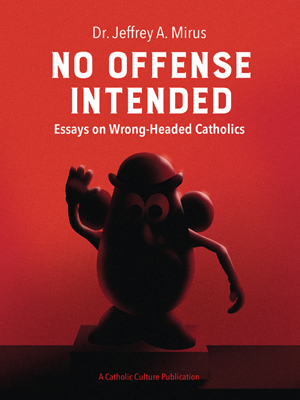Catholic Activity: Visual Display in the Home for Pentecost
Helen McLoughlin shares how she provides visuals and symbols in the home in anticipating Pentecost.
DIRECTIONS
Pentecost, meaning fiftieth, is the day promised by God to us from most ancient times. He spoke through the prophet Joel, "I will pour out My Spirit upon all flesh", and through the prophet Ezekiel, "I will take away the stony heart out of your flesh and give you a heart of flesh. And I will put My Spirit in the midst of you." The Jewish Pentecost is figurative of ours. Theirs was a day of thunder and lightning, which marked God's giving to mankind on tablets of stone the Ten Commandments of His Law. Our Pentecost is the day when the Spirit of Grace comes to reign among us, "to renew the face of the earth."
Children love to hear about the sound of the violent wind coming from heaven on the first Pentecost of the new covenant. It startled the city of Jerusalem, crowded on that Pentecost festival with devout Jews from many lands. It filled the Cenacle with its mighty breath, and the Spirit of Love overshadowed the disciples and our Lady with tongues of fire. Thus they were empowered to kindle the fire which Christ had come to cast on earth. The reign of the Holy Spirit began in Jerusalem, where He wrote not upon stone but upon the hearts of the children of Israel the new law which governs us. His reign continues in our hearts. On this feast day we commemorate the God of Love who, in the words of the day's Gospel, asks us to keep His Word and "My Father will love you and We will come to you and make Our abode with you."
To teach children about the Holy Spirit, we use an altar hanging at our home shrine, a Pentecost table setting with a centerpiece of seven roses, and a Cenacle. We work out the coming of the Holy Spirit with a set of tiny apostles and Mary, their Queen, in what might be called a liturgical playtime.
While the dinner table bears the seven roses for seven gifts, emphasis is on the "Pentecost altar" decorated by a candelabrum with seven red candles for the gifts of the Holy Spirit. Poised above it is a white dove carved of wood, to signify the overshadowing of the God of Love.
Just as we make a crib at Christmas and an Easter garden, when our children were little we built a Cenacle from a cardboard box and decorated it with roses for the Pasch of the Roses, as Pentecost was called. Here the apostles and Mary, their Queen, await the coming of the Holy Spirit.
Morning and evening, during the octave, our children said the following prayer near the Cenacle. "O Holy Spirit, Soul of my soul, I adore You. Enlighten, guide, strengthen and console me. Tell me what I ought to do. I promise to be submissive in everything You ask and to accept all You permit to happen to me; only show me what is Your will."
Now that one of our children has received Confirmation, we stress that sacrament. While the dinner table bears seven roses for the seven gifts, our emphasis is on the boy's own altar. It is decorated by a shield with cross and Indian feathers for his patron, Isaac Jogues, and a candleabrum with seven red candles for the gifts of the Holy Spirit. The central object on his altar is a red twelve-inch wooden letter "I" for Isaac; poised above it is a white dove carved of wood, to signify the overshadowing of the God of love.
Activity Source: Family Customs: Easter to Pentecost by Helen McLoughlin, The Liturgical Press, Collegeville, Minnesota, 1956







